I was thinking since the buffer makes the output follow the input the power should be the same in a buffer opamp circuit and a resistive load.
There is the next circuit (the expected power was .5W, and besides the wattmeter is bad connected, I dont know why us 250uW)

then with the opamp

I was expecting the opamp does not draw energy (ideally) and then the same power should be the same in either circuits, so why isnt the same power output?
- 33
- 5
4 Answers
Your first circuit has a 3:1 voltage divider.
Your second circuit doesn't. The op-amp input impedance is so high that the 2k resistor makes no difference. It sees the full 1.5 V of the battery.
- 168,990
- 12
- 186
- 385
No, for an ideal op-amp, no current flows into the terminals so for a buffer circuit there is no current flowing through the resistor, therefore no power in the resistor. In fact, there is no voltage drop across the resistor at all because there is no current flowing through it.
I think you mistakenly thinking there is a virtual ground on at the inverting input (this is wrong) and that the opamp is working to drive the two inputs to the same potential (this is correct), and that this is therefore simulates current from V1 flowing through the resistor to GND.
However, look at the circuit more carefully. In an op-amp voltage follower, there is no virtual ground because the inverting input is not being driven to GND by the output.
- 54,733
- 4
- 67
- 153
250uW is the correct power in the first schematic. There is 0.5V across R1.
The second schematic shows a voltage follower with 1.5V across the R1 so again the reading is correct (ideally it would be 2.25mW but the op-amp is not ideal).
- 376,485
- 21
- 320
- 842
In your first circuit, there is voltage division due to the two resistors. That voltage division is 3 to 1 and that means the power is reduced in R1 by 9 times compared to it not being divided.
So, if I divide the power from the op-amp (2.241 milli watts) by 9, I get 249 micro watts into R1 i.e. pretty much exactly what the first circuit is reported to deliver (250 micro watt).
The reason your op-amp circuit doesn’t deliver exactly 2.5 milli watts is likely due to op-amp non-idealities.
- 434,556
- 28
- 351
- 777